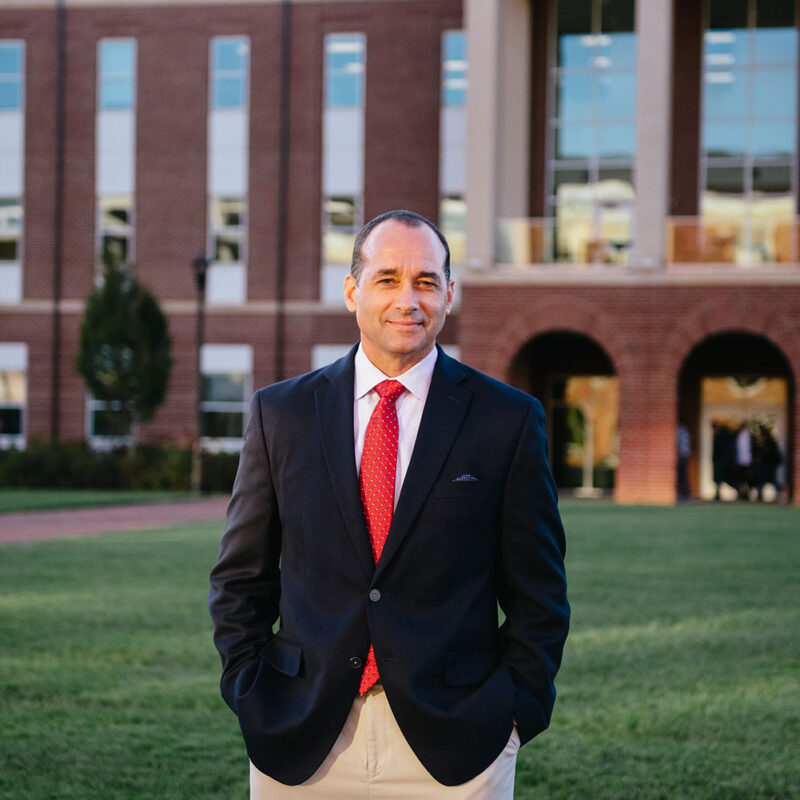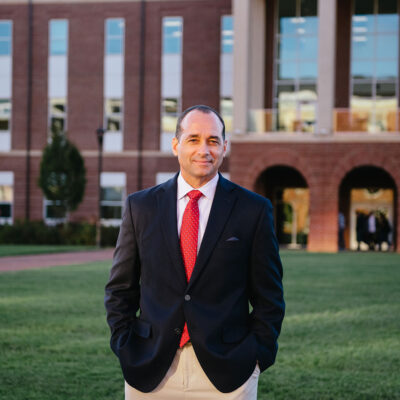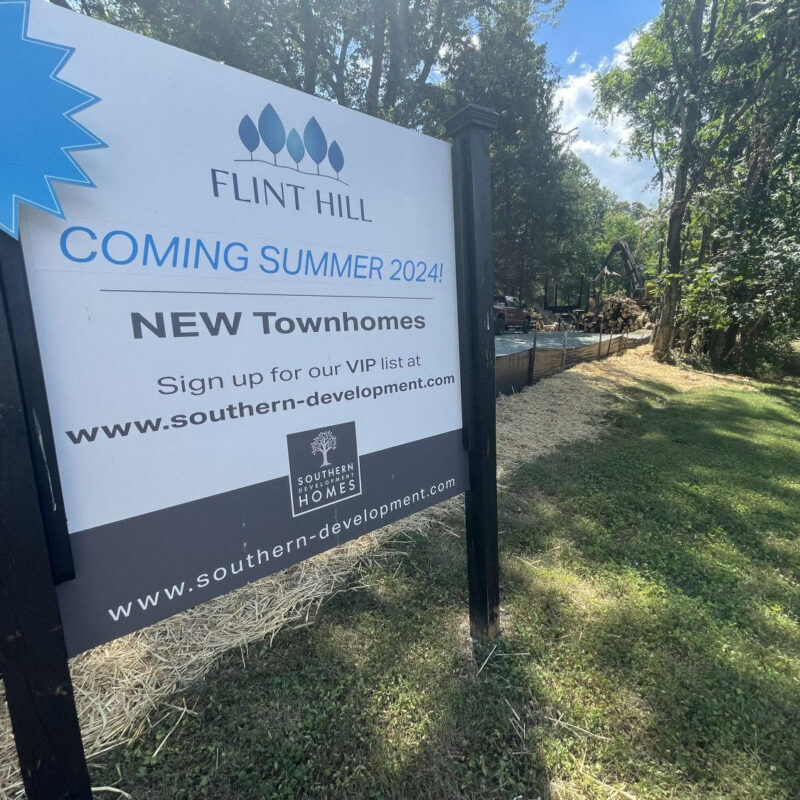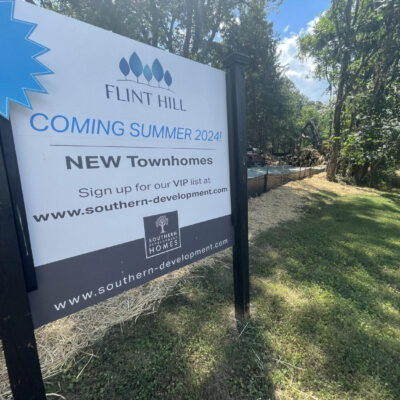The following responses are bonus material from this article.
C-VILLE: Why should city ratepayers care about restoring the Moormans River?
Ridge Schuyler: This is a water supply plan. It’s not a Moormans restoration plan. It meets the 50-year needs of this community, much as the South Fork met our needs for almost 50 years when it was built in the 1960s. It lasted us for about 50 years, and now we’re going to do another component that will last us another 50 years. City ratepayers under this plan are paying the least amount to get a 50 year water supply plan.
The way I look at it, using publicly available information, if you pay a 70 percent premium to dredge to save 14 acres up at a reservoir site, it ends up being about $850,000 an acre to protect those 14 acres. So the question is, should city or county ratepayers pay $850,000 an acre to keep land at a reservoir site from becoming a reservoir?
We are truly blessed in this community to have the options that we have. Here we have a reservoir site that was acquired by our forebears 100 years ago that if expanded could meet our 50 year needs—meet 100 percent of our needs. We have a watershed that has enough water flowing through it that if we transferred water from that river during high flow periods, we could fill up that reservoir fairly quickly without harming the downstream habitat. And all we have to do to do that is move the pipe that goes 13 miles back to the headwaters—move it further down the watershed and build a nine-and-a-half mile pipe instead, and take advantage of the large drainage area that is provided by the South Fork. So it’s a win-win situation. We get the water we need. We restore habitat. And we do it in the least expensive way possible.
Now it’s important to note how the Moormans fits into the whole watershed picture. The Moormans provides one third of the water that makes up the South Fork. The Mechums provides another third, and there are a number of smaller rivers that make up the other third. So one third of the water that creates the South Fork comes from the Moormans. And if we can keep that healthy, we’re keeping the watershed healthy.
By contrast, the forest up at the Ragged Mountain site constitutes 0.03 percent of the forests of Albemarle County. Now, I’m not a fan of trying to weigh one type of habitat versus another, but it seems to me that if we want to protect forests, there are much better places to protect forests where you could protect on a larger scale more critical forests than the forests around an existing manmade lake next to an interstate.
Shouldn’t we try to live with a smaller water supply?
You raise an excellent point about conservation.
The problem that the community was asked to solve was based on a certain amount of consumption that was anticipated both because of the effectiveness of the designated growth areas in Albemarle County, which are served by the public water supply system, and the fact that the City of Charlottesville has upzoned and wants to become more densely populated. Those things seem to be working. And as a result, more and more people are moving closer and closer in, which I think from an environmental perspective is a good thing. Denser cities are better than suburban sprawl.
But you need to be able to supply that denser population with an adequate supply of water. And I don’t think that we can count on the number of people who want to come here declining. This is a great place to live, and it will continue to be that.
The question is, can each person who comes here be smarter with the water that they use? And I think they certainly can—I think that rainwater harvesting is a good avenue for water conservation. Let’s stop watering our lawns with water we withdraw from our rivers and treat for drinking.
But if you look at the effect that that has on the overall water consumption—I did a back of the envelope calculation based on reducing our consumption by 15 percent instead of 5 percent. A 10 percent reduction would be 270 million gallons. 270 million gallons is about the top 3’ of the expanded reservoir at Ragged Mountain. So if you conserve 10 percent more, you lower the dam by 3’. That’s the effect you have on the water supply plan.
Does that mean we shouldn’t do it? Absolutely not, we should absolutely do it, but to think that that’s going to have a major effect on the water supply plan is a thought that’s misplaced.
Now, if we do conserve more, there are benefits to that. We can extend the life of our water supply system. Or, in the alternative, if we reduce our consumption, we reduce our storage need. We could take down one of the dams. Maybe we don’t need the storage at Sugar Hollow. Maybe we don’t need the storage at Rivanna. That becomes possible through conservation. We get more options—extend the length of the water supply plan or eliminate some of the storage that you have.
Who should pay for South Fork dredging?
It depends on what the purpose is. And I think what we’re finding in the taskforce is that there are recreational—mainly rowing and paddling interests—and there may be some future water supply interests.
To the extent that there’s a water supply interest, it makes sense for ratepayers to pay for it. To the extent that there’s a recreational component to it, either the recreational users or the community at large (which is the taxpayers) would pay for it. In the city, the taxpayers and the ratepayers are the same group. In the county, it’s a little different. Not all county residents pay water bills, but they all pay taxes, so the question is where should that expense be born? And it just depends on what the use is.
I don’t think it’s up to the Task Force to decide how to spend the money. That’s for elected officials to decide. I think that it’s up to us to provide a report that says why we should maintain the reservoir, not whether we should maintain the reservoir. So we’re coming up with a list of whys. But the decision would be up to the elected officials.
What other lessons have you drawn from this controversy?
I certainly didn’t anticipate that The Hook would write about this every week. [Proponents of the plan] were so focused on implementing the plan that they didn’t recognize that a week in, week out assault was going to undermine people’s confidence in the plan. So that’s part of the lesson that was learned: I think the plan’s supporters could have been a little bit more clear about the benefits of the plan, and we just weren’t.
And the other thing is, and one of the major sources of confusion, and understandable confusion, was the fact that Gannett Fleming estimated the cost of dredging at $120 million, and now we’re looking at a $30 million price tag. And that shook people’s confidence in the work of Gannett Fleming. Understandable, absolutely understandable. We can talk about why that is, it doesn’t really matter. What is important to take from that is, yes, the cost of dredging has come down, so now, instead of being, say, 10 times more expensive, it’s 70 percent more expensive. But it’s still more expensive, it’s just not as more expensive as it used to be.
What would change your view that this is the best plan?
It is possible that the review panel will come back and say it’s too expensive. There’s a certain point where the community can’t bear any more costs. So if it turns out that the site is untenable, unfeasible, then I think that we have to go revisit our options. But I think if we revisit our options, we’re not going to find one that’s cheaper.
Change is painful. But the way I approached it is, the community had an identified need. It wasn’t a need that the Nature Conservancy generated. It was a need that was identified and brought very close to home during the drought of 2001 and 2002, which is that we have insufficient water stored to get us through times of drought. And my approach was, how can we best solve that problem in an environmentally sensitive way? And we came up with a solution that does it.
Does it mean that trails at Ragged Mountain have to be moved? Yes. Does it mean that trees will be lost at the reservoir site? Yes. Now can we somehow mitigate for that harm? I think we can. The plan is to plant another 200 acres of trees at the Buck Mountain site to offset the trees lost at Ragged Mountain.
Is it the same? No it’s not the same. But this is property that was bought by the community 100 years ago with the express purpose of building our reservoir, so that’s what the site is being used for. And we are lucky that we have, in our hip pocket, a reservoir site to turn to, to get us through times of drought, and it’s just a shame that we don’t recognize how fortunate we are.
I see it as this gift that our forebears gave us. And the question is, are we smart enough to accept the gift?





